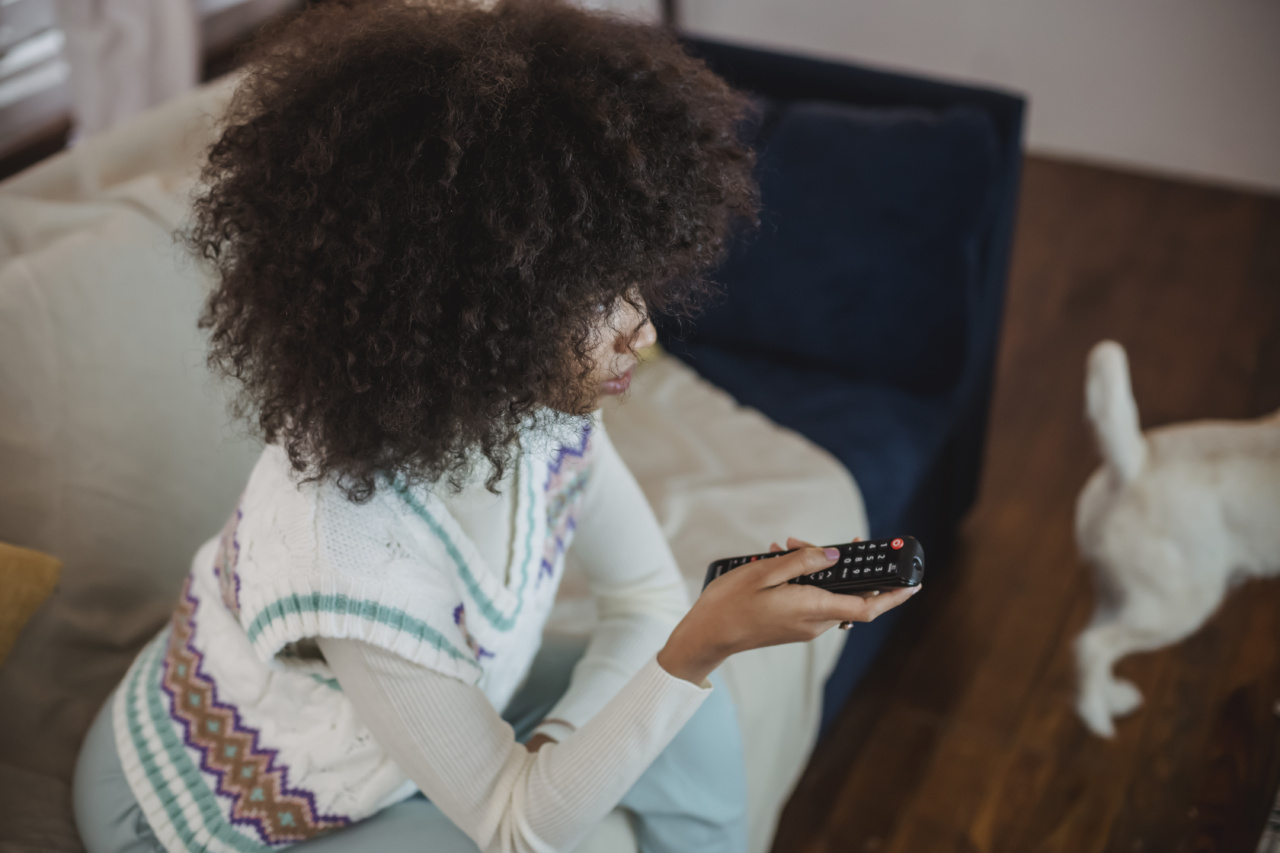As one of the most frequently used electronic devices in our homes, what most of us don’t realize is that our TVs are also a source of hidden dangers. From potential electrical hazards to fire risks, protecting your home from these dangers is crucial.
Here are the essential steps to follow:.
1. Proper Wiring and Placement of Your TV
The first step to protecting your home from the dangers of your television is proper wiring and placement. Always use surge protectors when plugging in your TV to avoid electrical surges.
Additionally, make sure the wiring is done carefully, with any exposed wires safely secured and out of the way of any foot traffic or other objects that could pose a danger.
In addition to the wiring, ensure that the television is being placed on a stable, flat surface. Avoid positioning your TV near combustibles, such as heavy curtains, upholstered furniture or bedding, to avoid fire hazards.
Rather, opt for a stable and well-ventilated surface, which helps dissipate the heat generated by the TV.
2. Cleaning Regularly
Another important factor in protecting your home and your family is regularly cleaning your television. Cleaning the TV helps prevent debris and dust buildup, which can cause a range of issues, such as bad connections and potential overheating.
Use a dry, lint-free cloth to gently clean the TV, without putting too much pressure on any part of the device.
Never use a wet cloth while cleaning the TV as the moisture can damage the internal parts of the television and increase the risk of electrical hazards.
3. Taking Care of the Remote Control
The remote control is often overlooked as a potential danger. Given that it has a battery, it poses a risk of leakage, which can damage the inner components of the remote control, and harm anyone who comes into contact with it.
To reduce the risks that come with the remote control, avoid shaking it vigorously or dropping it.
If the battery compartment is loose, avoid using it entirely and replace it to avoid exposing your family to toxic materials that leak out from the battery.
4. Proper Ventilation for Your TV
Televisions generate a lot of heat, which can lead to overheating and create potential fire hazards. Therefore, proper ventilation is critical, especially if you operate your television in a hot or humid place.
If your television starts to heat up, switch it off immediately and take measures to improve its ventilation, such as installing a fan or relocating it to a better ventilated room.
5. Securing Your TV
If you have children or young ones at home, ensuring that your television is secure will help reduce the risk of accidents and injuries significantly.
Ensure that the TV is mounted safely on the wall or placed on a stable surface where it is out of reach of young children or pets.
6. Regular Maintenance
Just like your car needs regular maintenance to remain in good condition, your TV also requires regular checkups to ensure it’s in good working order.
Regular maintenance helps catch any underlying issues early enough before they escalate into a full-blown problem.
If you’re unsure about any specific issues, always reach out to a certified technician to have a look at your TV and address any potential issues before it’s too late.
7. Unplugging When Not In Use
Leaving your television plugged in when it’s not in use can also pose potential electrical hazards. Unplugging it when not in use not only helps reduce the risk of electrical surges, but it also saves energy and reduces your electricity bill.
If you have children around the house, be sure to teach them about the risk of leaving the TV plugged in all the time to make sure they are aware of the potential dangers.
8. Educate Your Family
Discussing the potential dangers of using the TV with your family is not only crucial, but it also helps create awareness about the risks of electronic devices such as TV. Educate your family about the proper way to use, handle and take care of the TV.
It’s essential to teach your family members how to turn off the TV after use, unplug it, and ensure that it’s in a safe location and not exposed to potential hazards.
9. Don’t Place Your TV in Direct Sunlight
Placing your TV near a window or in direct sunlight is a common mistake that most households make.
While natural light is healthy and essential, it can also damage certain components of your TV, and in return, pose a threat to the safety of your household.
The heat from the sunlight can damage certain parts of the TV and increase the overall temperature of the device.
As a result, it’s ideal to avoid placing your TV in a spot that receives direct sunlight to avoid unnecessary heating and other potential risks.
10. Turn Off the TV at Night
Leaving your TV on while sleeping at night can cause various unwanted issues that go beyond the risk of electrical hazards.
Sleep interference, background noise, and increased energy usage are just some of the common problems that come with leaving your TV on at night.
To protect your family from such issues, make sure you switch off the TV before retiring to bed and use alternative sources of lighting, such as bedside lamps or night lights.
Conclusion
By following these essential steps, you can protect your home and your family from hidden dangers that come with using your television, from electrical hazards to fire risks.
The idea is to make sure that you don’t expose yourself to unnecessary risks and take the steps necessary to protect yourself and your loved ones by using your TV safely.




























